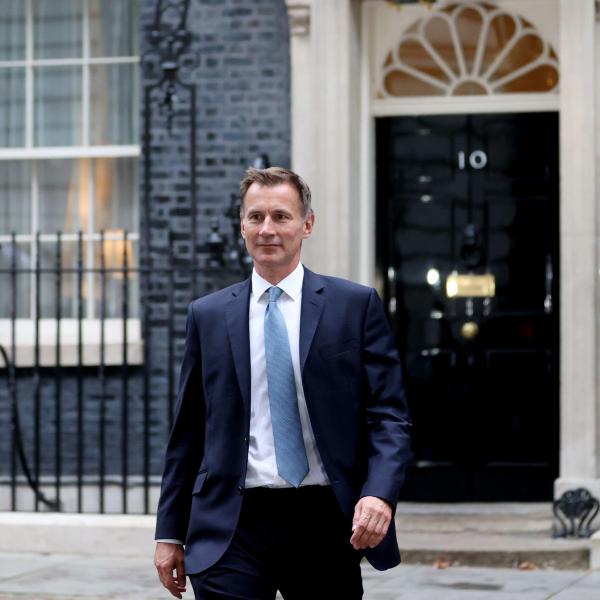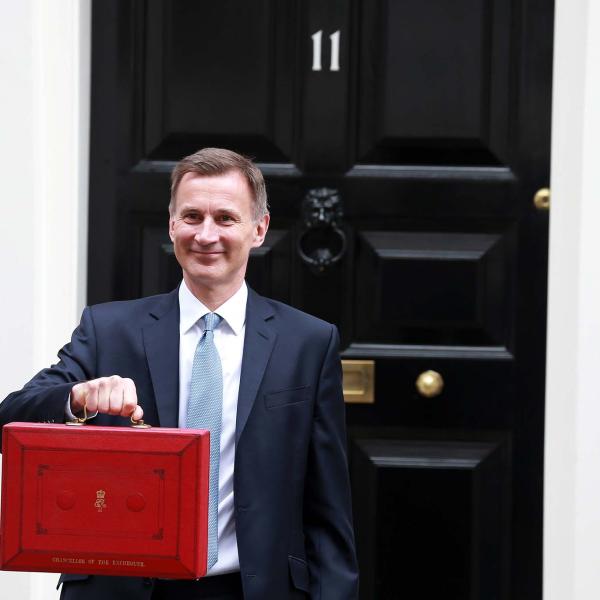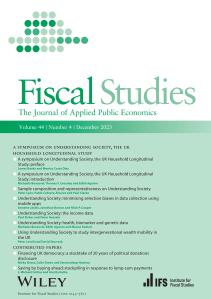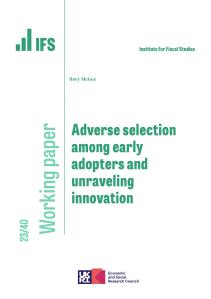We evaluate the impact of a price floor for alcohol introduced in Scotland in 2018, using a difference-in-differences strategy with England as a control group. We show that the policy led to the largest reductions in alcohol units purchased among the heaviest drinkers – the group who, at the margin, are likely to create the largest externalities from drinking. The price floor is well targeted at heavy drinkers because they buy a much greater fraction of their units from cheap products and switched away from these products strongly, with only limited substitution towards more expensive products. We show that if the marginal external cost of drinking is at least moderately higher for heavy than lighter drinkers, then a price floor outperforms an ethanol tax. However, more flexible tax systems can achieve similar reductions in externalities to the price floor, but avoid the large transfers from public funds to the alcohol industry that arise under the floor.











